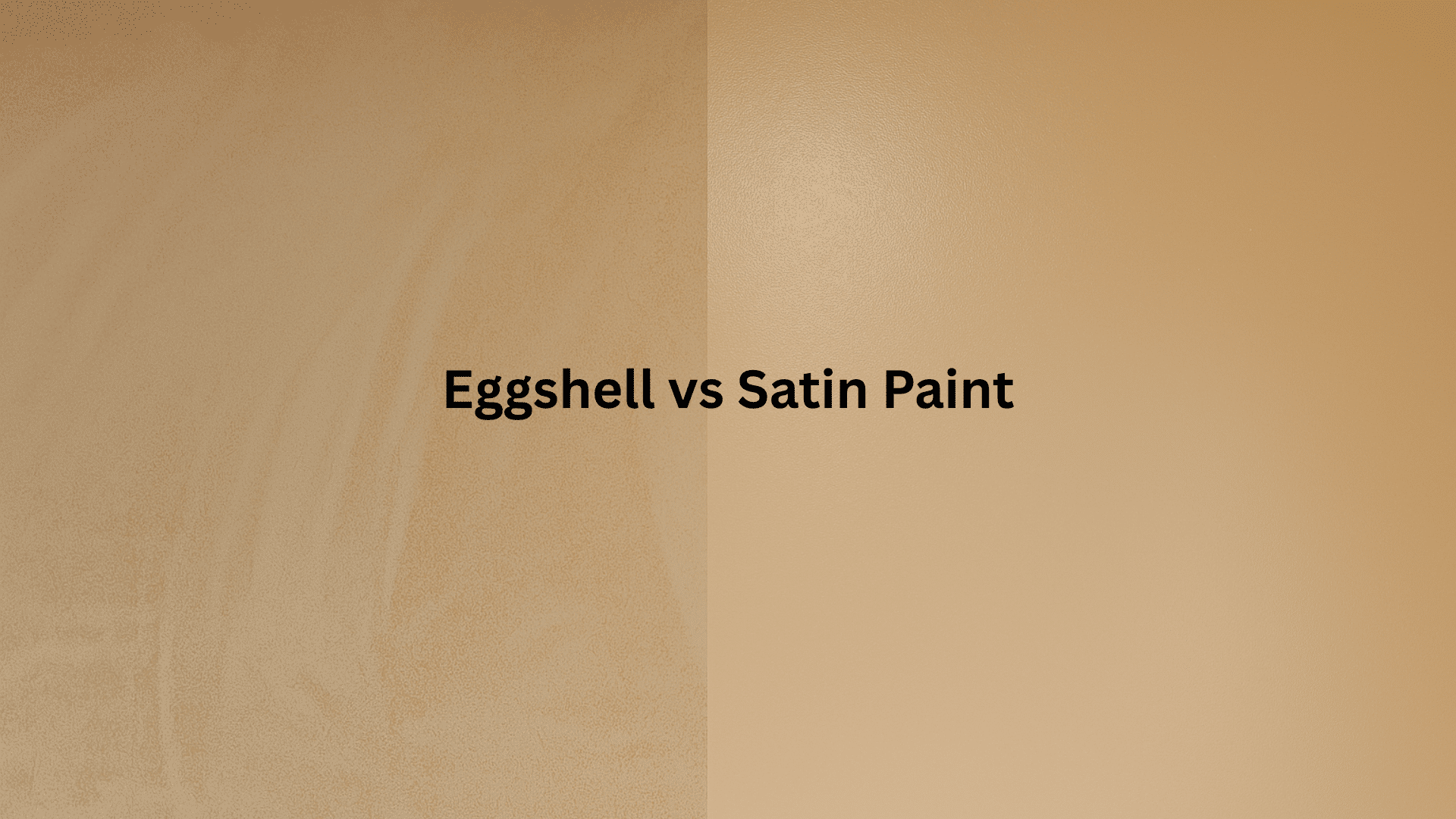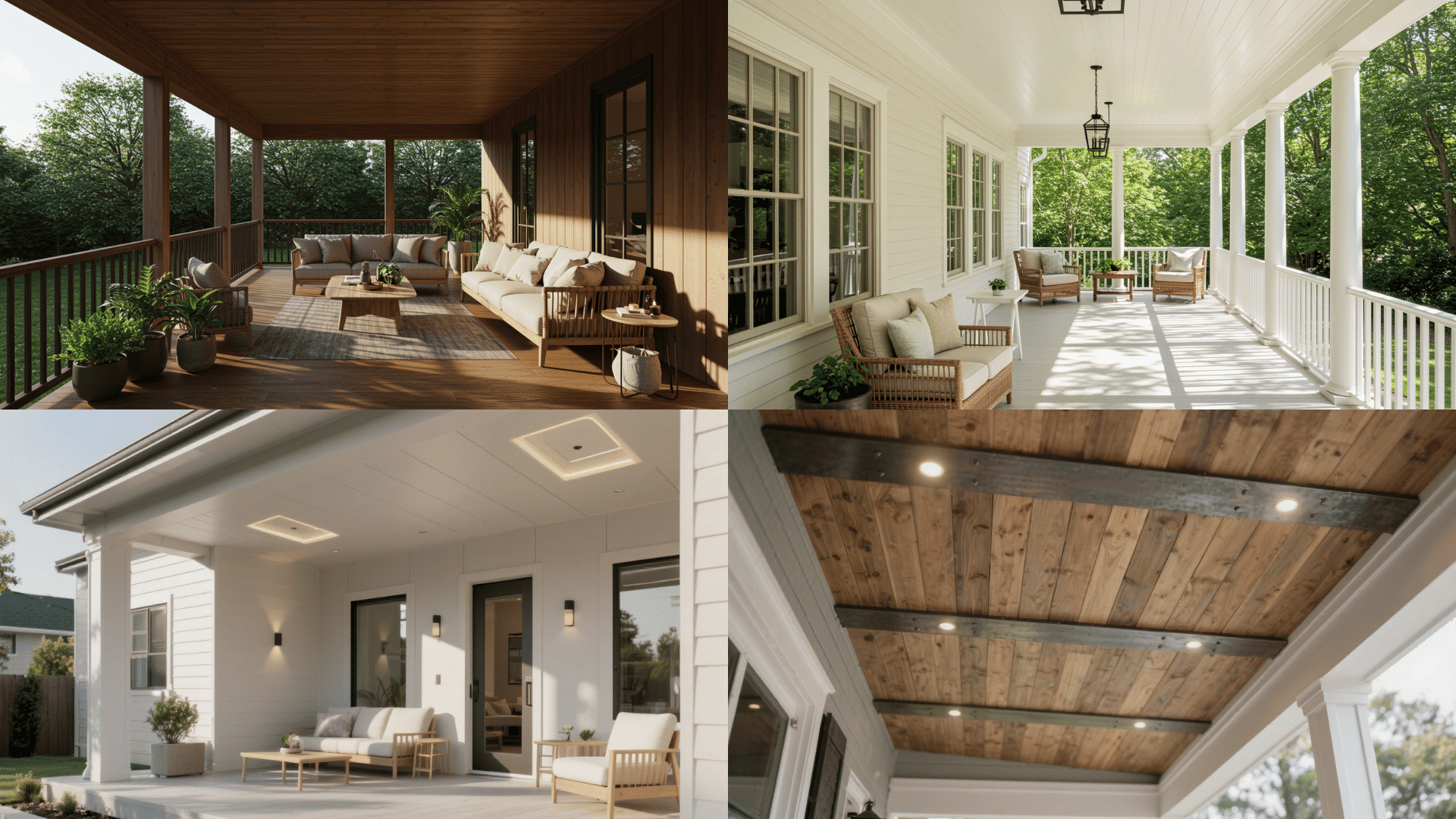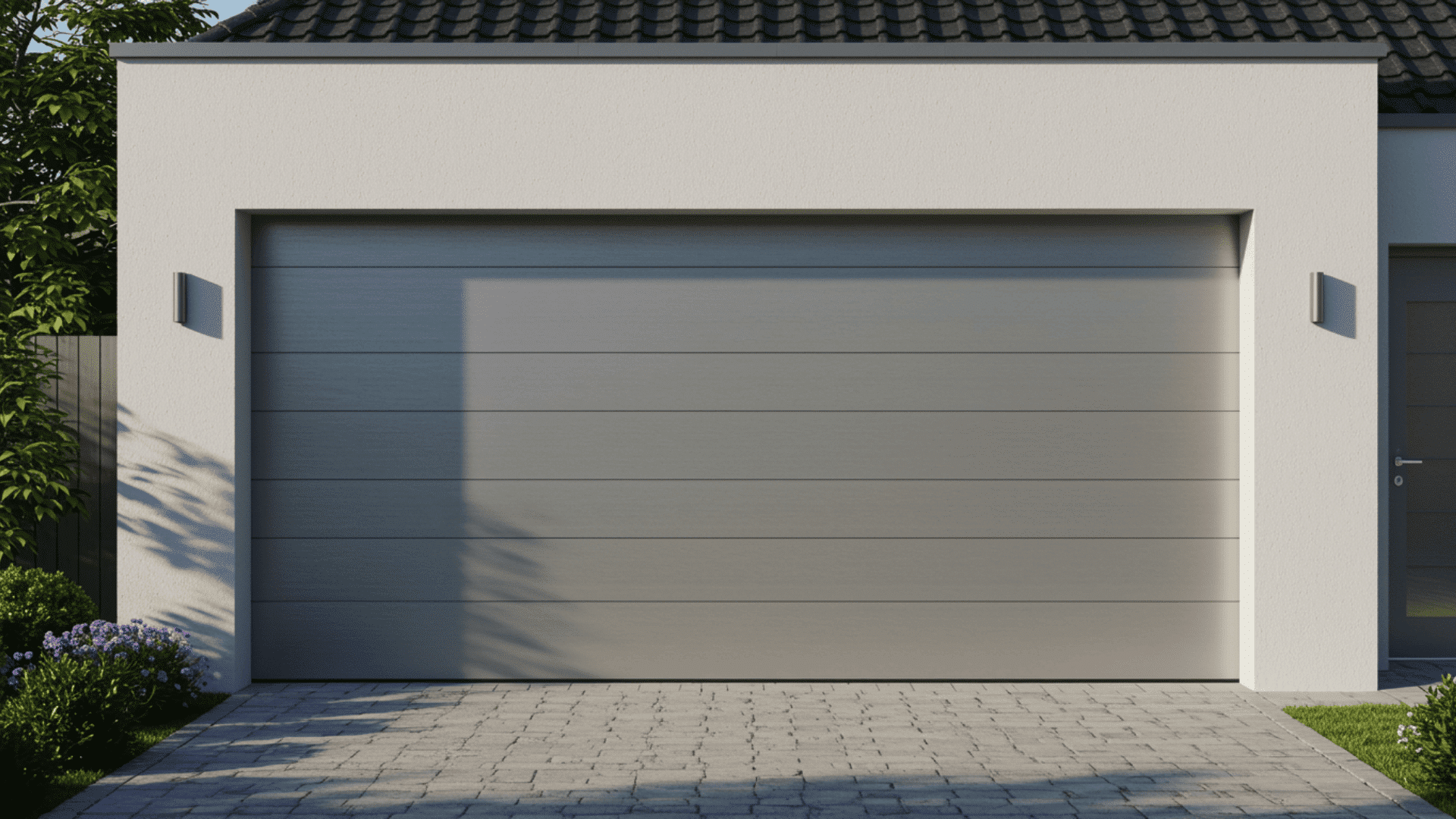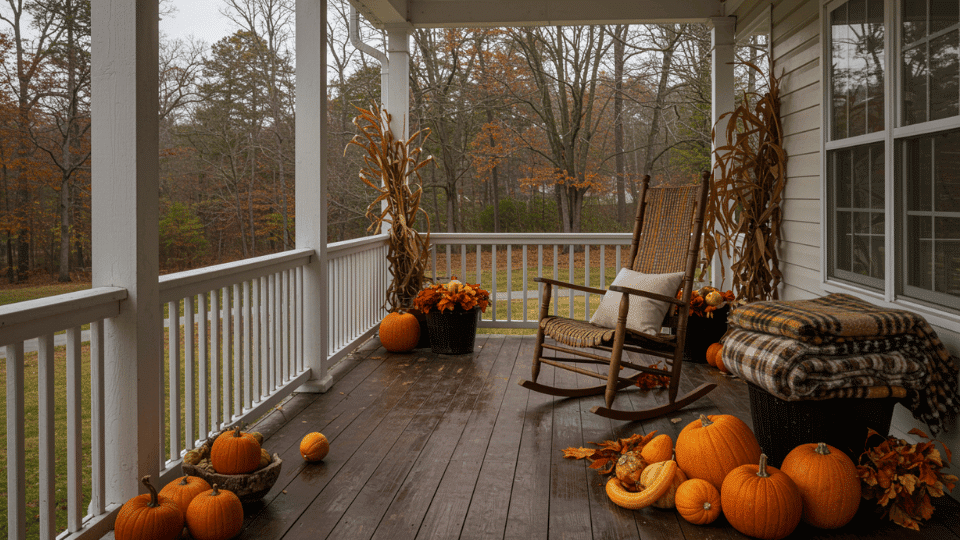Choosing between matte vs flat paint confuses many people during painting projects. These two finishes look nearly identical in the store, yet they can affect walls differently.
Most paint brands use matte and flat to mean the same thing, which is a paint with very little shine.
Flat paint typically has zero gloss, while matte might have just a touch more sheen. It’s a subtle distinction that might not be noticeable once applied.
The flat vs matte paint debate becomes clearer once you understand the practical differences.
We will walk through what actually sets these finishes apart, which rooms work best for each option, and expert tips for application.
How Sheen Shapes the Look of a Room?
Paint sheen dramatically influences a room’s atmosphere and functionality. When comparing matte vs flat paint, understanding sheen becomes important for making the right choice.
Sheen refers to how much light a painted surface reflects. Flat paint absorbs nearly all light, creating a soft, non-reflective finish that makes walls appear smooth and uniform.
Matte paint reflects slightly more light, offering subtle depth while maintaining a low-luster appearance.
The sheen level directly impacts a room’s ambiance. Flat finishes create intimate, cozy spaces by absorbing light and reducing visual distractions. They make rooms feel calm and grounded.
Matte finishes add a gentle dimension, allowing walls to interact subtly with light sources throughout the day. This creates visual interest without overwhelming the space.
What is Flat Paint?
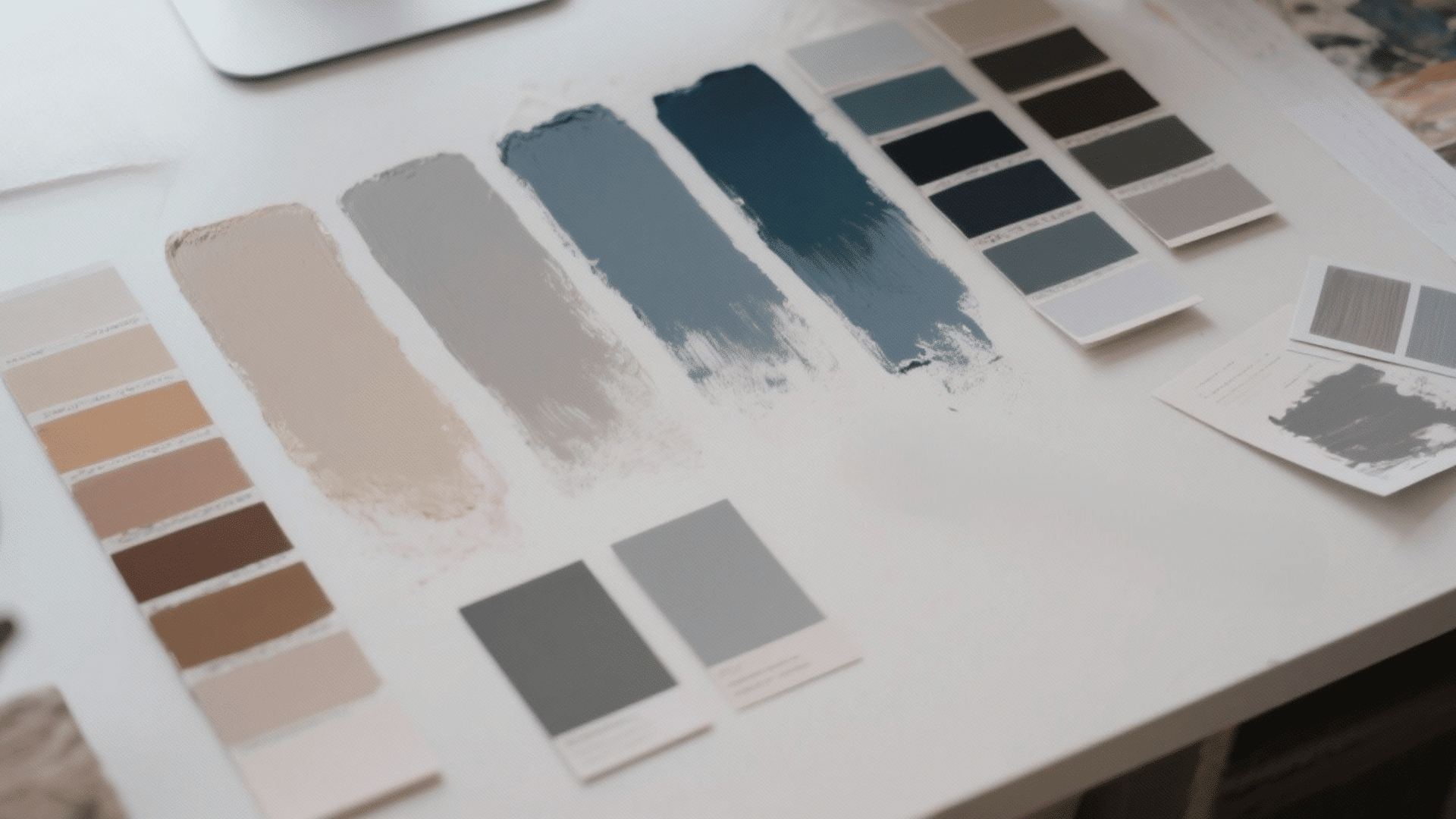
Flat paint is the least reflective finish on the paint sheen spectrum, reflecting virtually no light (0-5% sheen).
This ultra-matte surface creates a smooth, velvety appearance that absorbs light rather than bouncing it back. The non-reflective quality gives walls a soft, powdery look that’s prized for its ability to hide surface imperfections.
Flat paint contains less resin than other finishes, resulting in its characteristic chalky texture and minimal durability when it comes to cleaning.
Best Use Cases for Flat Paint

Flat paint delivers exceptional results in specific environments where its unique characteristics provide maximum benefit when comparing matte vs flat paint options.
- Low-Traffic Areas: Adult bedrooms and formal dining rooms are best for flat paint. These spaces experience minimal wall contact. The velvety, non-reflective finish creates a serene, sophisticated atmosphere perfect for relaxation.
- Ceilings: Flat paint is the industry standard for ceilings. It absorbs light rather than reflecting it, minimizing attention to overhead imperfections like texture variations or minor cracks. The finish prevents distracting glare from fixtures while requiring virtually no maintenance.
- Aesthetic Considerations: Flat paint achieves specific design styles that matte cannot replicate. Vintage and rustic interiors benefit from its chalky, traditional appearance. Dramatic color schemes achieve maximum depth and richness with flat’s ultra-matte surface.
- New Construction Advantages: Newly built homes with professionally finished drywall provide the perfect foundation for flat paint. Smooth, perfectly prepped walls allow people to enjoy the flat’s beautiful vibe without compromise.
What is Matte Paint?
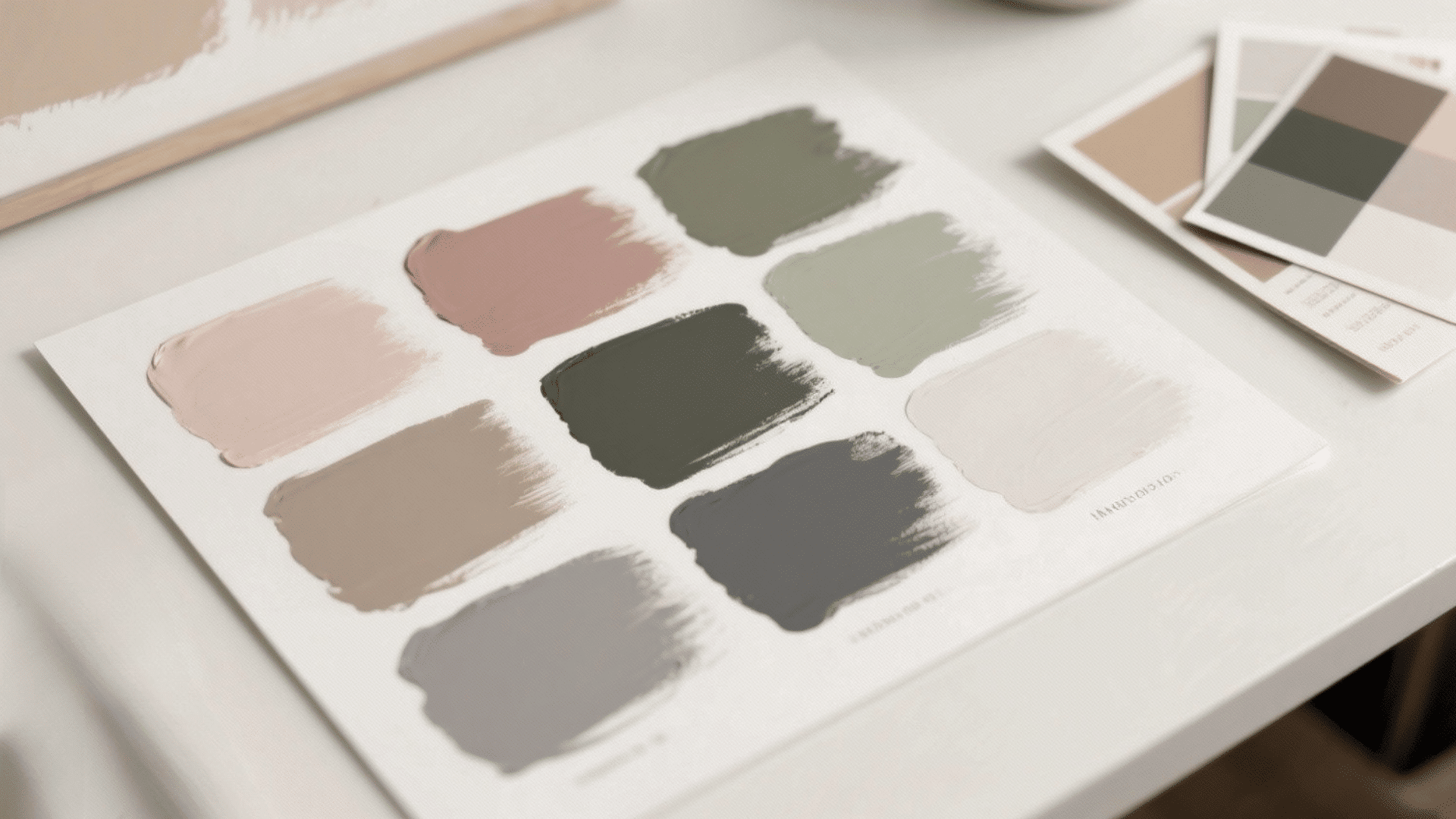
Matte paint offers slightly more sheen than flat, reflecting 5-10% of light. This minimal reflection creates a soft, elegant finish that’s still considered low-luster.
Modern matte formulations contain more resin than flat paint, making them more durable and washable.
The finish provides a graceful, contemporary look with improved scuff resistance and the ability to withstand gentle cleaning, addressing flat paint’s main weakness without sacrificing the refined looks both finishes share.
Best Use Cases for Matte Paint
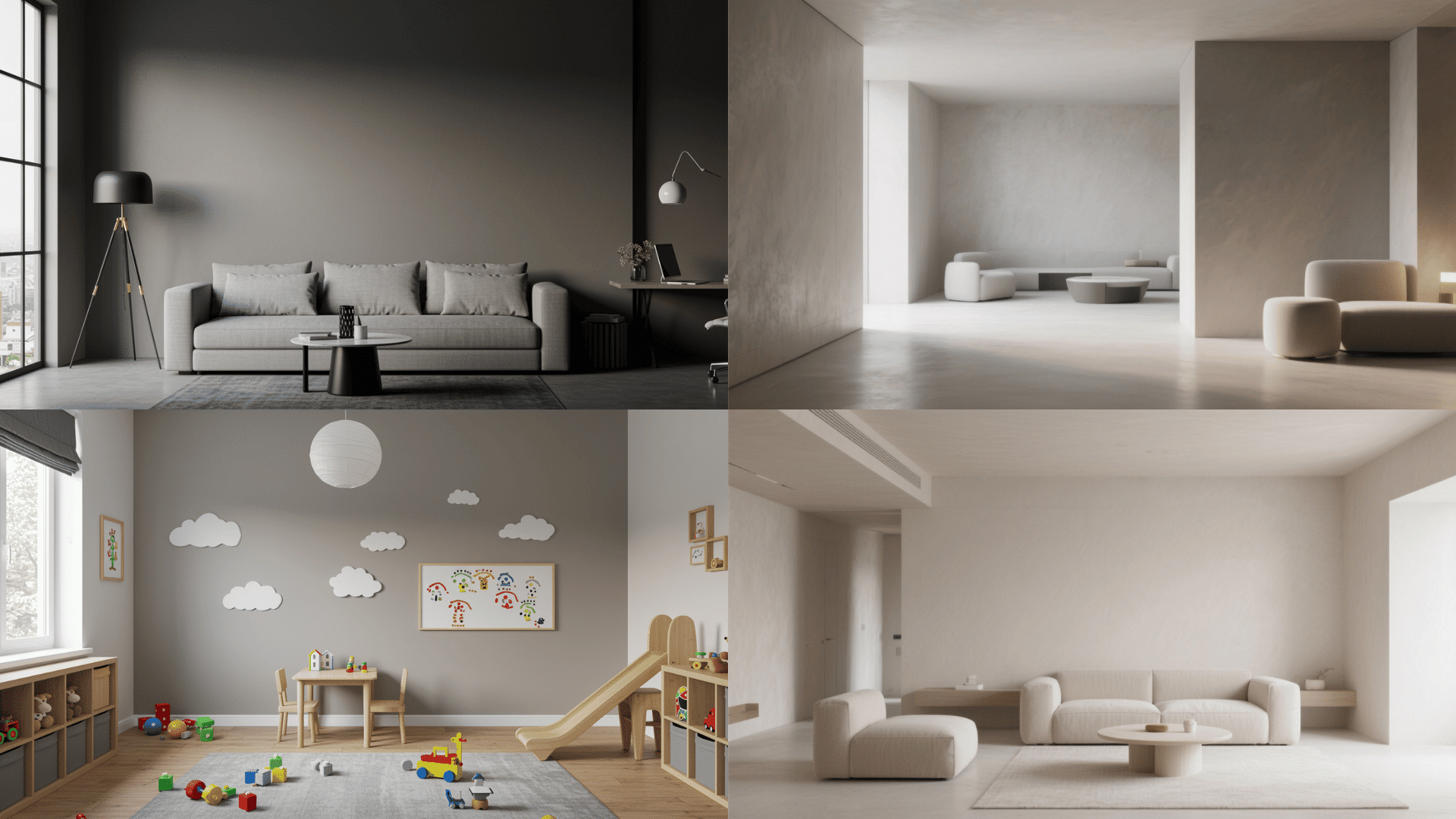
Matte paint strikes the ideal balance between beauty and practicality, making it essential to understand matte vs flat paint when selecting finishes for active spaces.
- Family Rooms and Living Areas: Family rooms experience constant activity, making matte paint the smarter choice. The finish resists scuffs better than flat paint while maintaining a non-shiny appearance. Its perfect for spaces where families gather, relax, and entertain.
- Hallways and Moderate-Traffic Spaces: Hallways endure frequent contact from shoulders, hands, and belongings. When comparing flat vs matte for these areas, matte consistently wins. Stairwells, entryways, and connecting corridors all benefit from this enhanced durability.
- Homes with Children or Pets: Active households need paint that forgives inevitable messes. Matte handles fingerprints, paw prints, and minor spills more gracefully than flat finishes. While not as washable as satin, it allows gentle cleaning with a damp cloth.
- Modern and Contemporary Design Styles: Matte has become the signature finish for contemporary interiors. Its subtle, refined appearance complements clean lines and a minimalist look. Designers frequently specify matte paint because it enhances sleek, modern looks while offering superior performance.
Key Differences in Matte vs Flat Paint
Choosing between matte and flat paint can be tricky since both offer a non-glossy finish. While they look similar at first glance, subtle differences can make one better suited for your walls than the other.
| Characteristic | Flat Paint | Matte Paint |
|---|---|---|
| Sheen Level | No sheen (0–5%) | Low sheen (5–10%) |
| Appearance | Chalky, uniform | Soft, velvety |
| Durability | Low | Moderate |
| Cleanability | Difficult to clean | Easier to clean |
| Hides Imperfections | Excellent | Very good |
| Light Reflection | Absorbs light completely | Slight, subtle reflection |
| Cost | Usually more affordable | Slightly higher due to added durability |
Practical Considerations Before You Choose
Before committing to either finish, think through a few key factors that’ll impact long-term satisfaction. These practical considerations help narrow down the flat vs matte paint decision based on real-world needs.
- Room traffic levels and how often walls need cleaning
- Existing wall condition and whether imperfections need hiding
- Natural and artificial lighting in the space
- Budget constraints, since some matte formulas cost slightly more
- Local humidity levels that might affect paint performance
- Whether touch-ups will be needed frequently
- Personal preference for sheen level and overall vibe
Community Advice
Discussions on Reddit’s r/paint, Houzz and the Woodworking for Beginners Facebook group reveal how real users compare matte and flat paint. The following questions capture their shared experiences and practical insights.
1. On a hallway wall near doorways and light switches, I want something washable but not shiny. Should I pick flat or matte paint?
Many users suggest matte rather than flat in such zones. Flat may give the look you want, but tends to show marks or get dirty more easily.
2. I have walls with lots of patches and imperfections. Would flat or matte paint hide those imperfections better?
Flat paint tends to hide imperfections the best because it reflects minimal to no light. Matte still does well, but the tiniest bit of sheen means slight texture may show more than with flat.
3. In a low-traffic room where I mostly care about look and softness, which finish should I lean toward, flat or matte?
In that scenario, many go with flat paint because the ultra-low sheen gives a very subtle, velvety appearance. Matte could work too, but adds a touch more reflection.
4. If I change from flat to matte on a feature wall with bold colour, will the colour depth or finish appearance differ?
Some users notice that matte can make colours appear richer (slight sheen reflects some light) while flat gives a deeply muted look. So even with the same colour, the finish changes the visual effect.
5. Does matte paint really enhance colour richness more than flat paint?
Yes because matte has a slight sheen it can give better colour depth and richness versus completely unreflective flat.
6. Will flat paint show roller marks or brush strokes more than matte?
Interestingly, flat is very forgiving, it hides roller or brush imperfections well because of its ultra low sheen. Matte is close but slightly less forgiving
Choosing Your Finish
The matte vs flat paint decision ultimately depends on the room’s function and traffic levels.
While these finishes share similar characteristics, understanding their subtle differences in sheen and durability makes all the difference in achieving desired results.
So, which finish speaks to the vision for that next project?
Consider the room’s purpose, lighting, and maintenance needs. Both options deliver modern looks and goals but it’s just about matching the right finish to the right space.



